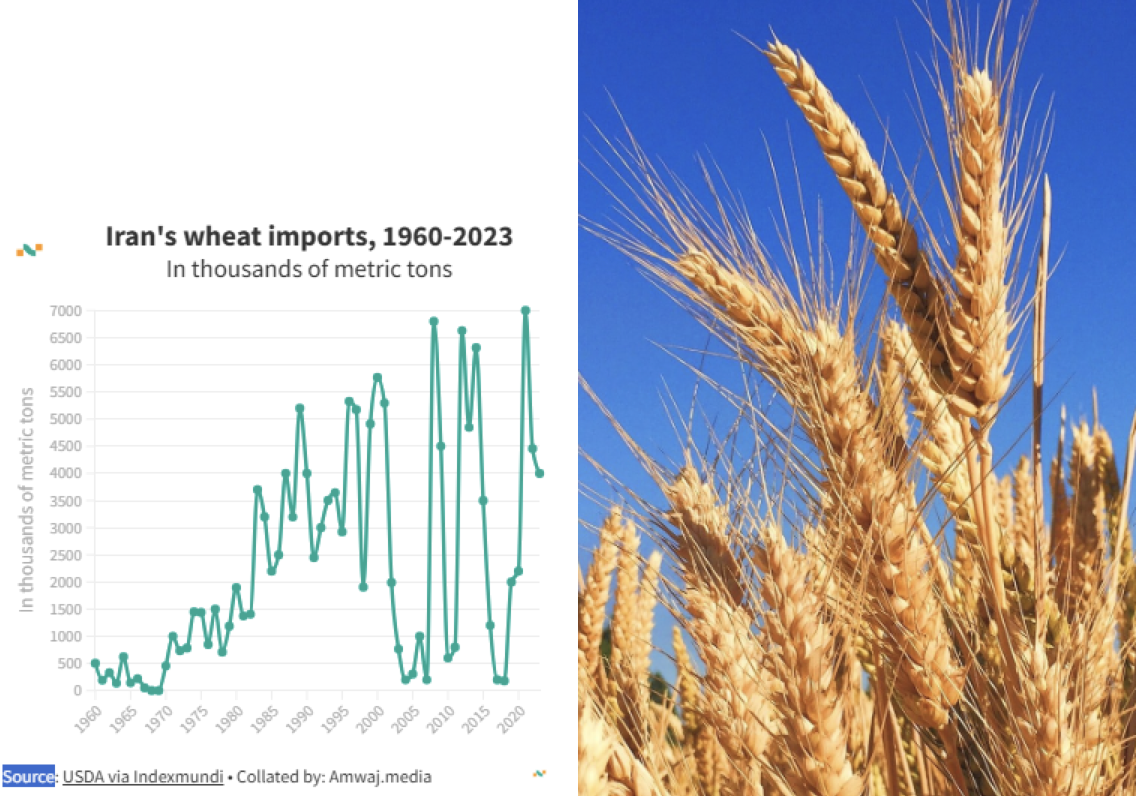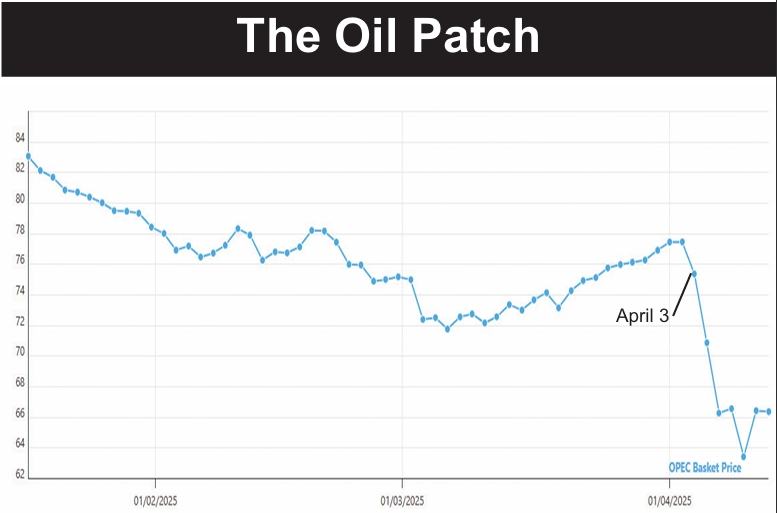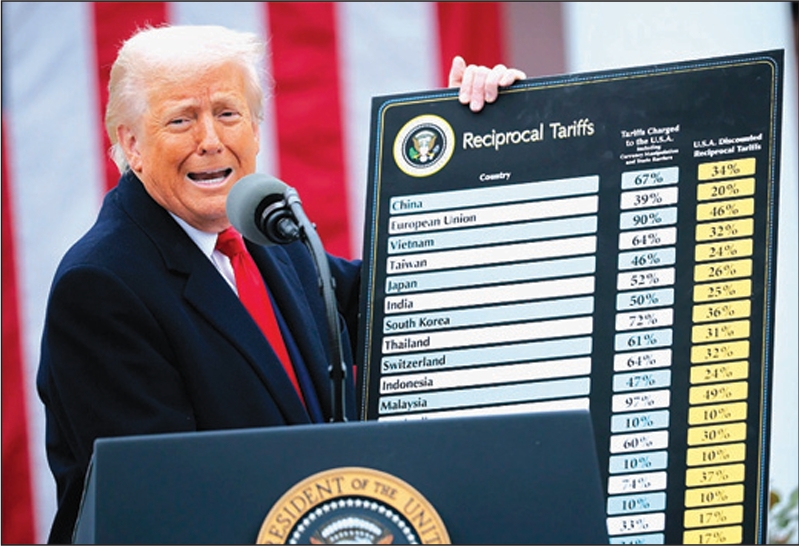Analysts in the media try to interpret each day’s shift in price by pointing to some news in the business pages. But the actual causes are much less clear. The big jump at the left of the daily chart (above) on February 21-24 coincided with the advance of Libyan rebels from the East to the West of that country. Saudi Arabia then boosted its production in an effort to moderate prices. But prices kept inching up nonetheless. Then the Saudis concluded that markets were fully supplied and dropped their production. What happened? Prices took an astounding slump over just two days, May 4 and 5. Libyan oil isn’t back yet. More than 90 percent of Yemen’s usual 260,000-barrel-a-day output is shut-in because of strikes and pipeline attacks. Bombings of pipelines are on the rise in Iraq. Syria is still exporting 100,000 barrels day still, but foreign oil firms are talking about evacuating their staffs. All those developments should signal a rising oil price. But the price isn’t been rising.
Call us: +1 (202)-659-9868
© 1970-2025 Iran Times - An Independent Newspaper




















